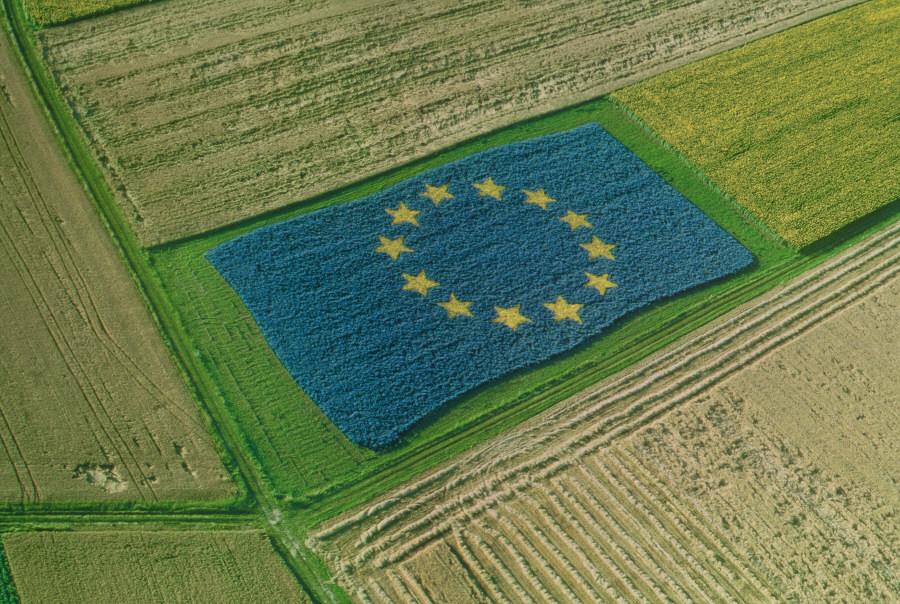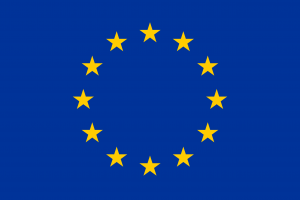Green Deal: pioneering proposals to restore Europe's nature by 2050 and halve pesticide use by 2030

The Commission adopted pioneering proposals to restore damaged ecosystems and bring nature back across Europe, from agricultural land and seas, to forests and urban environments. The Commission also proposes to reduce the use and risk of chemical pesticides by 50% by 2030. These are the flagship legislative proposals to follow the Biodiversity and Farm to Fork Strategies, and will help ensure the resilience and security of food supply in the EU and across the world.
The proposal for a Nature Restoration Law is a key step in avoiding ecosystem collapse and preventing the worst impacts of climate change and biodiversity loss. Restoring EU wetlands, rivers, forests, grasslands, marine ecosystems, urban environments and the species they host is a crucial and cost-effective investment: into our food security, climate resilience, health, and well-being. In the same vein, the new rules on chemical pesticides will reduce the environmental footprint of the EU's food system, protect the health and well-being of citizens and agricultural workers, and help mitigate the economic losses that we are already incurring due to declining soil health and pesticide-induced pollinator loss.
Nature restoration law to repair damage done to Europe's nature by 2050
The Commission is proposing the first-ever legislation that explicitly targets the restoration of Europe's nature, to repair the 80% of European habitats that are in poor condition, and to bring back nature to all ecosystems, from forest and agricultural land to marine, freshwater and urban ecosystems. Under this proposal for a Nature Restoration Law, legally binding targets for nature restoration in different ecosystems will apply to every Member State, complementing existing laws. The aim is to cover at least 20% of the EU's land and sea areas by 2030 with nature restoration measures, and eventually extend these to all ecosystems in need of restoration by 2050.
The law will scale up existing experiences of nature restoration measures such as rewilding, returning trees, greening cities and infrastructure, or removing pollution to allow nature to recover. Nature restoration does not equal nature protection and does not automatically lead to more protected areas. While nature restoration is necessary in protected areas as well due to their increasingly poor condition, not all restored areas have to become protected areas. Most of them will not, as restoration does not preclude economic activity. Restoration is about living and producing together with nature by bringing more biodiversity back everywhere, including to the areas where economic activity takes place like managed forests, agricultural land and cities for example.
Restoration closely involves and benefits all parts of the society, it has to be done in an inclusive process and it has particularly positive impact on those who directly depend on healthy nature for their livelihood, including farmers, foresters and fishers. Investment into nature restoration adds €8 to €38 in economic value for every €1 spent, thanks to the ecosystem services that support food security, ecosystem and climate resilience and mitigation, and human health. It also increases nature in our landscapes and daily lives, with demonstrable benefits for health and wellbeing as well as cultural and recreational value.
The Nature Restoration Law will set restoration targets and obligations across a broad range of ecosystems at land and sea. Ecosystems with the greatest potential for removing and storing carbon and preventing or reducing the impact of natural disasters such as floods will be the top priorities. The new law builds on existing legislation, but covers all ecosystems rather than being limited to the Habitats Directive and Natura 2000 protected areas, aiming to put all natural and semi-natural ecosystems on the path to recovery by 2030. It will benefit from substantial EU funding: under the current Multiannual Financial Framework, around €100 billion will be available for biodiversity spending, including restoration.
The targets proposed include:
Reversing the decline of pollinator populations by 2030 and increasing their populations from there on,
No net loss of green urban spaces by 2030, a 5% increase by 2050, a minimum of 10% tree canopy cover in every European city, town, and suburb, and net gain of green space that is integrated to buildings and infrastructure,
In agricultural ecosystems, overall increase of biodiversity, and a positive trend for grassland butterflies, farmland birds, organic carbon in cropland mineral soils and high-diversity landscape features on agricultural land.
Restoration and rewetting of drained peatlands under agricultural use and in peat extraction sites,
In forest ecosystems, overall increase of biodiversity and a positive trend for forest connectivity, deadwood, share of uneven-aged forests, forest birds and stock of organic carbon,
Restoring marine habitats such as seagrasses or sediment bottoms, and restoring the habitats of iconic marine species such as dolphins and porpoises, sharks and seabirds,
Removing river barriers so that at least 25 000 km of rivers would be turned into free-flowing rivers by 2030.
To help deliver on the targets while keeping flexibility for national circumstances, the law would require Member States to develop National Restoration Plans, in close cooperation with scientists, interested stakeholders and the public. There are specific rules on governance (monitoring, assessment, planning, reporting and enforcement) – which would also improve policymaking at national and European levels, making sure authorities consider together the related issues of biodiversity, climate and livelihoods.
The proposal delivers on a key element of the European Green Deal: the Biodiversity Strategy for 2030 commitment for Europe to lead by example on reversing biodiversity loss and restoring nature. It is the EU's key contribution in the ongoing negotiations on a post-2020 Global Biodiversity Framework to be adopted at the Convention on Biological Diversity COP15 in Montréal from 7 to 15 December this year.




